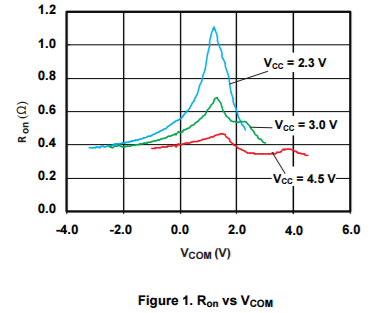Hi Team,
Could you help review TS5A22364 schematic?
Customer uses this part to do the audio switch.
However, the output waveform is distortioned.
yellow line is input signal. blue line is the output waveform. the blue waveform is distortion and only half amplitude of input signals.
Customer removed R308/R309. Use 4.7uF to replace 220uF on C251 and C250.
The waveform is till not good. Please provide your comment for this. Is that ok to add AC de-coupling cap before and after the audio switch?
Thanks,
SHH


